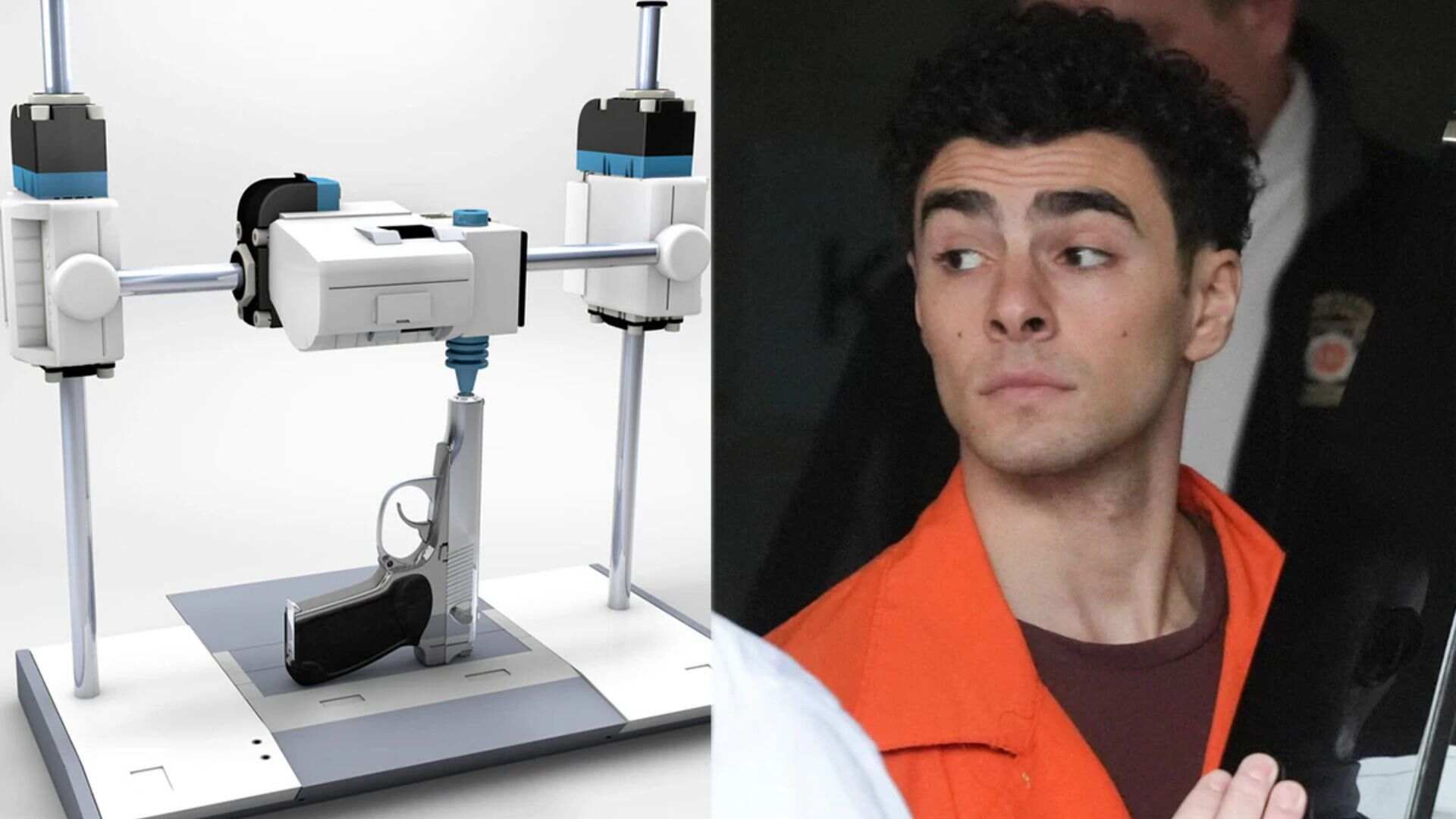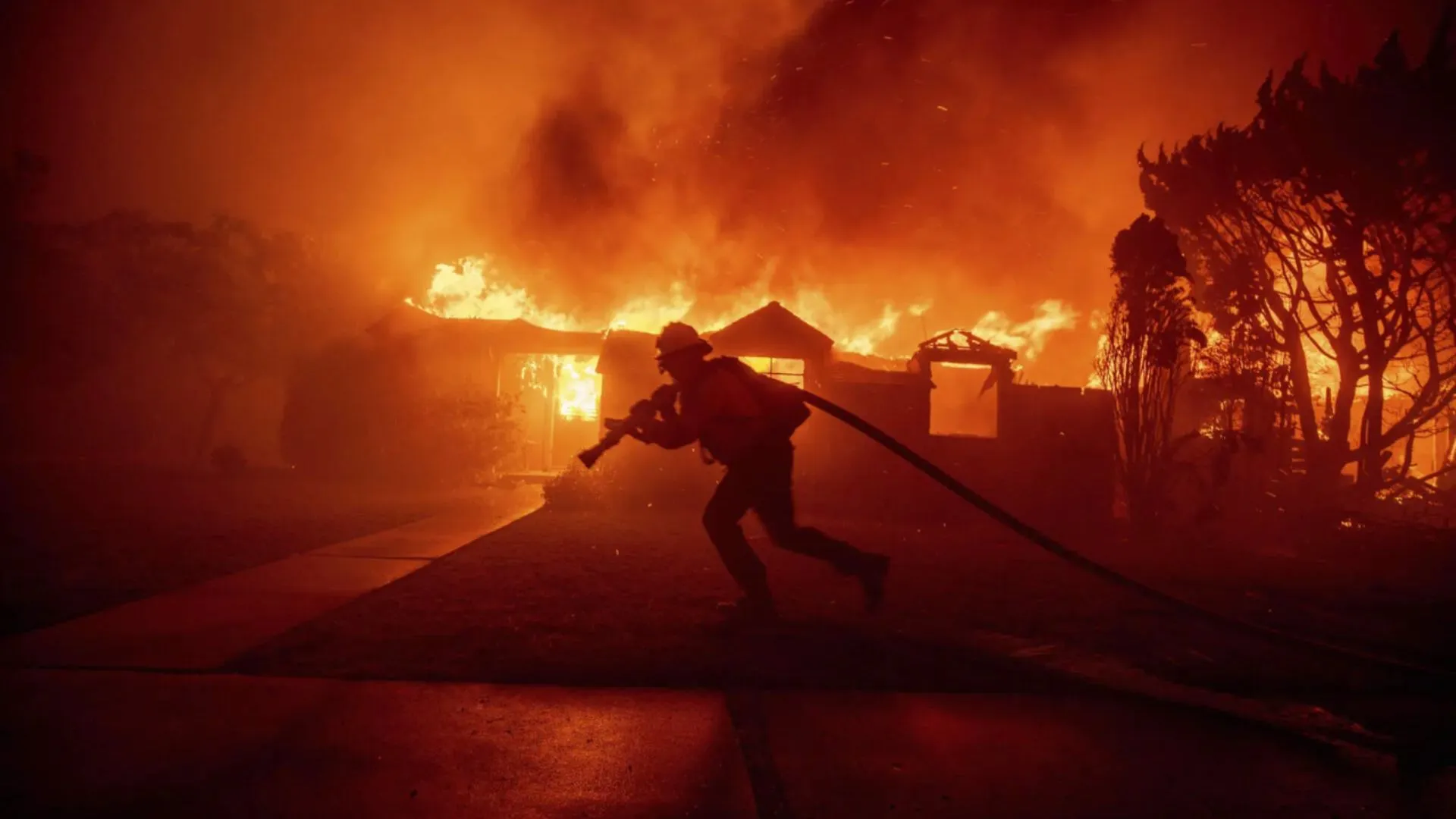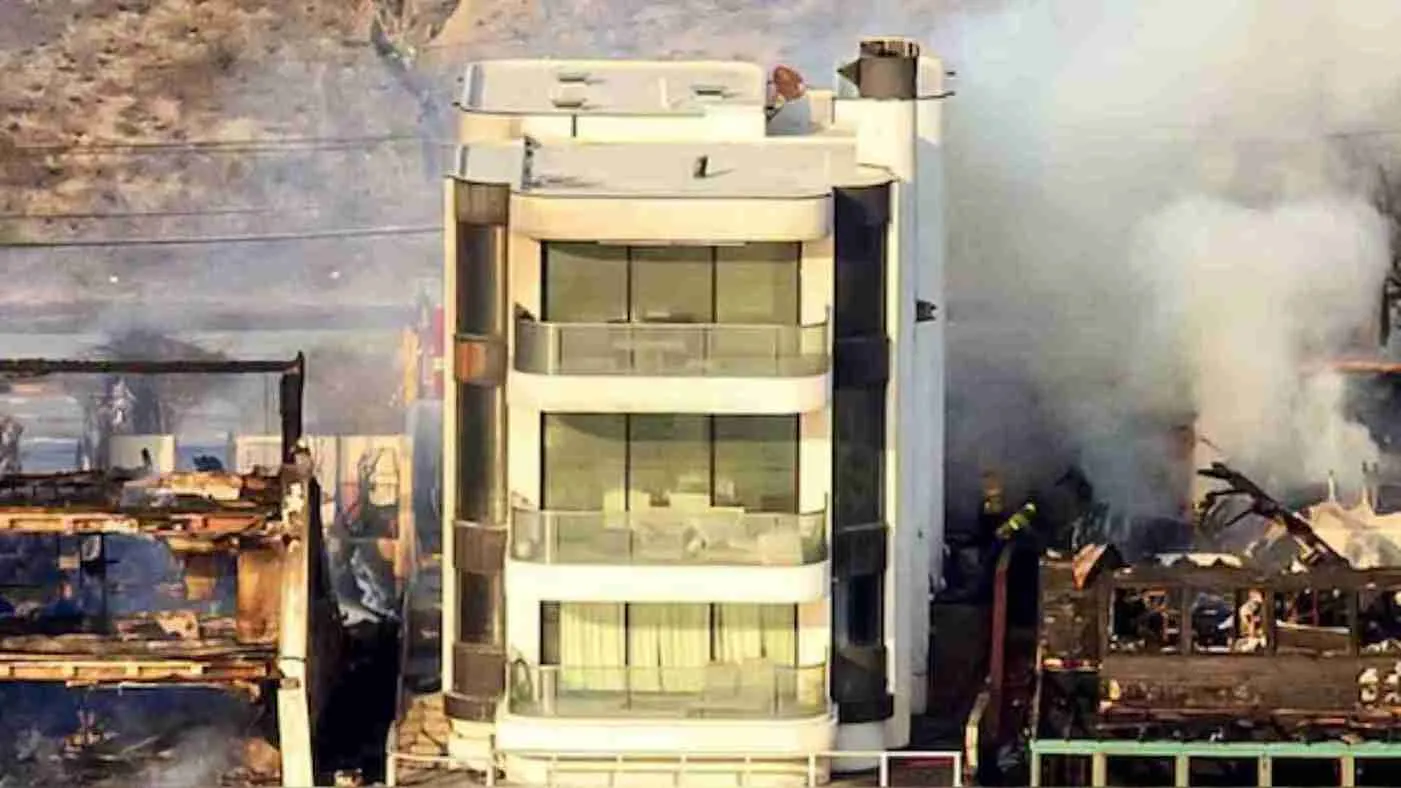The shooting of UnitedHealthcare CEO Brian Thompson in December 2024, perpetrated with a 3D-printed firearm, highlights once again the growing threat these “ghost guns” pose. Made often from commercially available 3D printers, such weapons have become an unmanageable challenge for law enforcement and policymakers. The U.S. Supreme Court is now considering federal restrictions on such firearms.
The first reported use of a 3D-printed gun for criminal activities was in the UK in 2013. These guns have spread like wildfire ever since. U.S. law enforcement has confiscated nearly 38,000 ghost guns from 2017 to 2021, according to a report issued by the U.S. Bureau of Alcohol, Tobacco, Firearms, and Explosives in 2024. The number of such firearms traced by law enforcement jumped from just over 8,500 in 2020 to more than 19,000 in 2021 alone. In New York, ghost gun seizures skyrocketed from 100 in 2019 to 637 by 2022.
The use of 3D-printed firearms has increased arrests. As of mid-2023, there were 108 global arrests for the said weapons, whereas in 2022, the total arrests were only at 66. North America tops the list of arrests; between 2013 and June 2023, 166 cases were reported. The United States alone comprised 36% of the global arrest in 2023. Canada trailed behind at 34%. Then comes Europe and Oceania with UK at 10% and Australia at 8%.
Ties to Terror Groups
According to The Conversation, such weapons are associated with various groups, including far-right extremists, jihadists, ethno-separatists, anarchists, organized crime networks, and pro-democracy rebels. Between 2019 and mid-2022, at least nine incidents of extremists or paramilitary groups attempting to manufacture 3D-printed guns were reported in Europe and Australia. A total of 165 cases between 2013 and mid-2024 were analyzed. Out of those, 15% involved terrorism; far-right groups were the most frequent users.
Challenges of Regulation
Ghost guns are attractive for criminals since they have no serial number. It is a problem in every country. Their regulation varies a lot around the world.
- In Japan, any kind of production of firearm, including the 3D-printed gun, without authorization is strictly prohibited and very high penalties apply.
- Canada effectively banned ghost guns in 2023 by requiring licenses to manufacture or possess.
- In Australia, making or possessing blueprints for these weapons is strictly penalized with up to 21 years of imprisonment.
- The EU broadly prohibits the creation or ownership of homemade firearms, though this varies among member states in terms of penalties.
- The UK recently outlawed the possession, purchase, or production of parts for 3D-printed guns and is also considering banning the possession of blueprints.
- In the U.S., the regulation of these weapons poses a unique challenge because of the Second and First Amendments.
While selling 3D-printed firearms requires federal licensing, personal production or ownership is allowed. Federal law requires gun kits to have serial numbers and to be subject to background checks, but state-level restrictions are also emerging. As of November 2024, 15 states had enacted laws requiring serial numbers and reporting on 3D-printed firearm production.
However, advancement of 3D printing technology will continue to pose significant challenges in the regulation of these firearms and the consequences on public safety. One of the experts warned that “This is why it’s important to follow the regulations of the airlines and aviation,” making emphasis on the safety measures that will minimize risks.






















